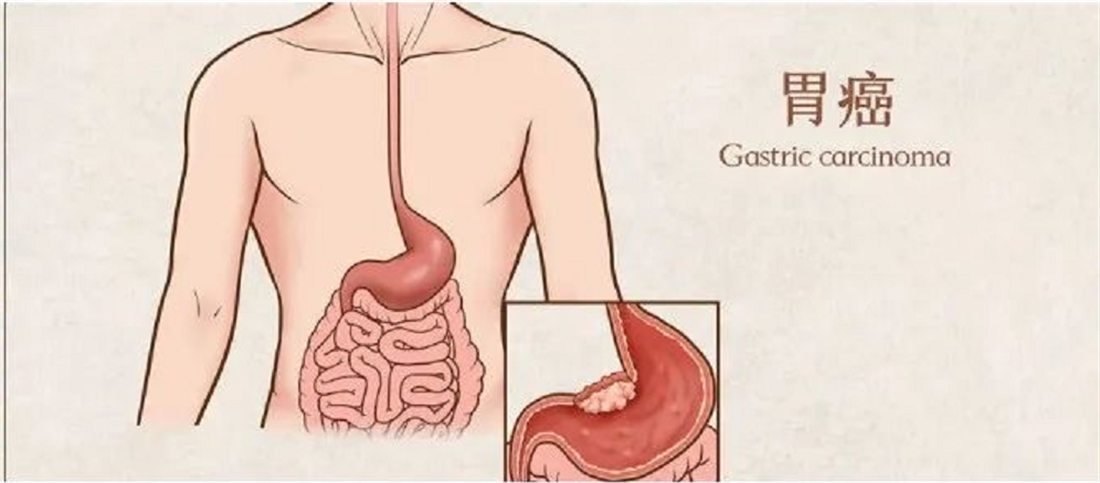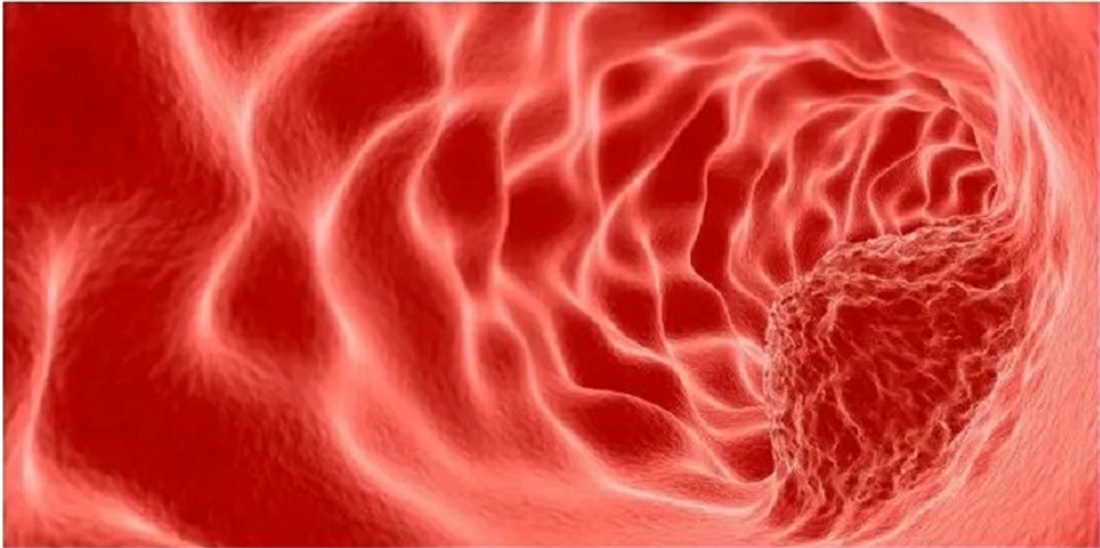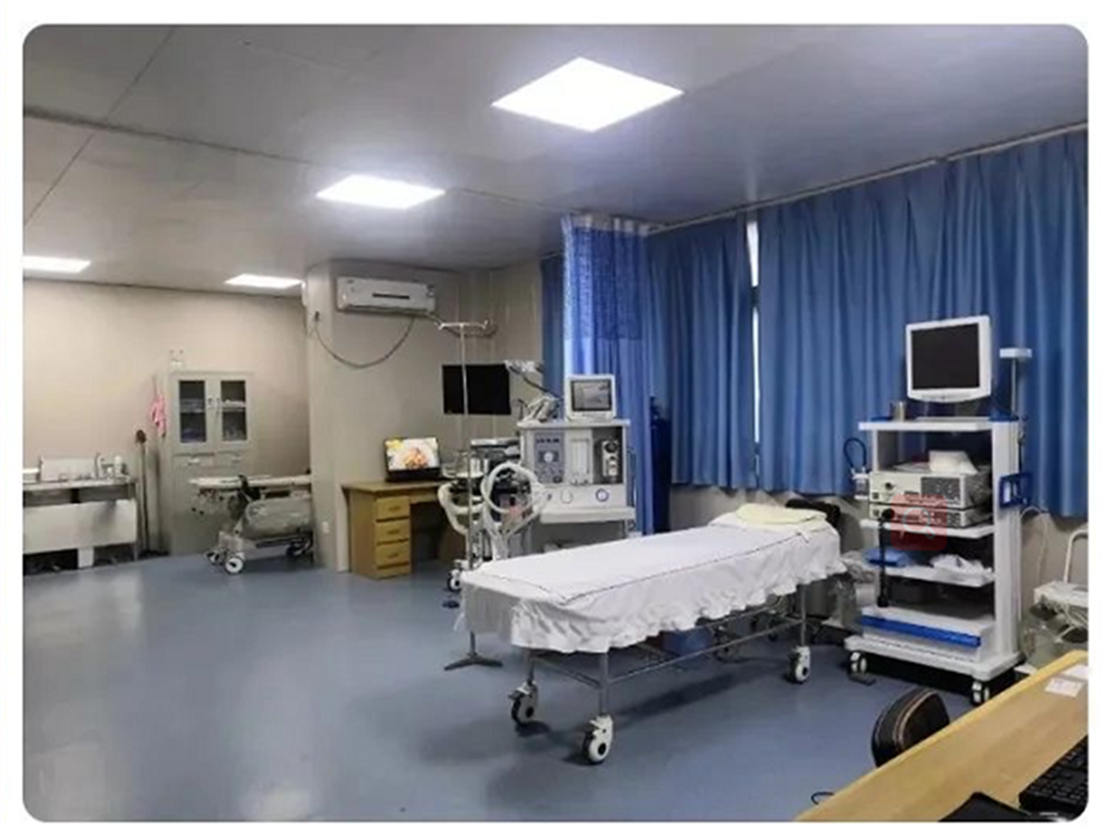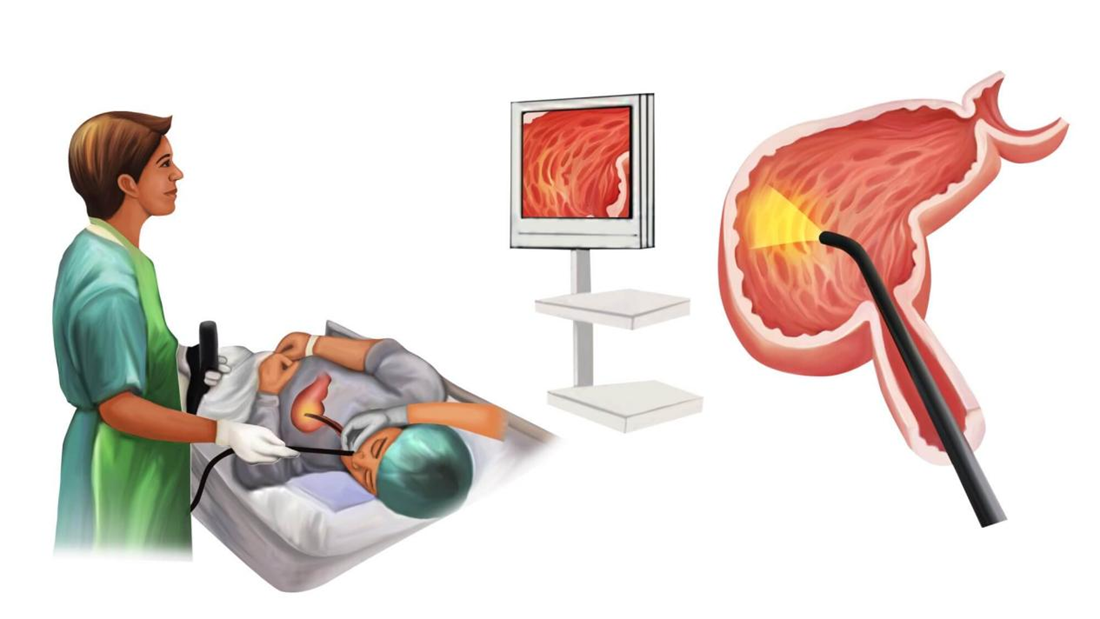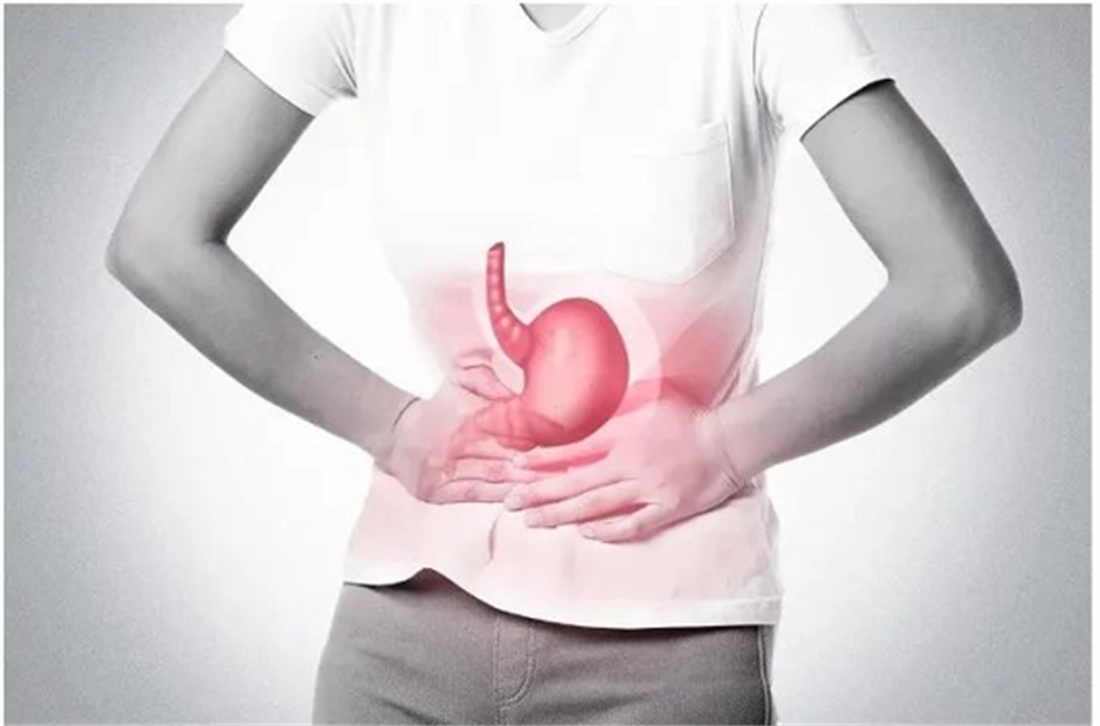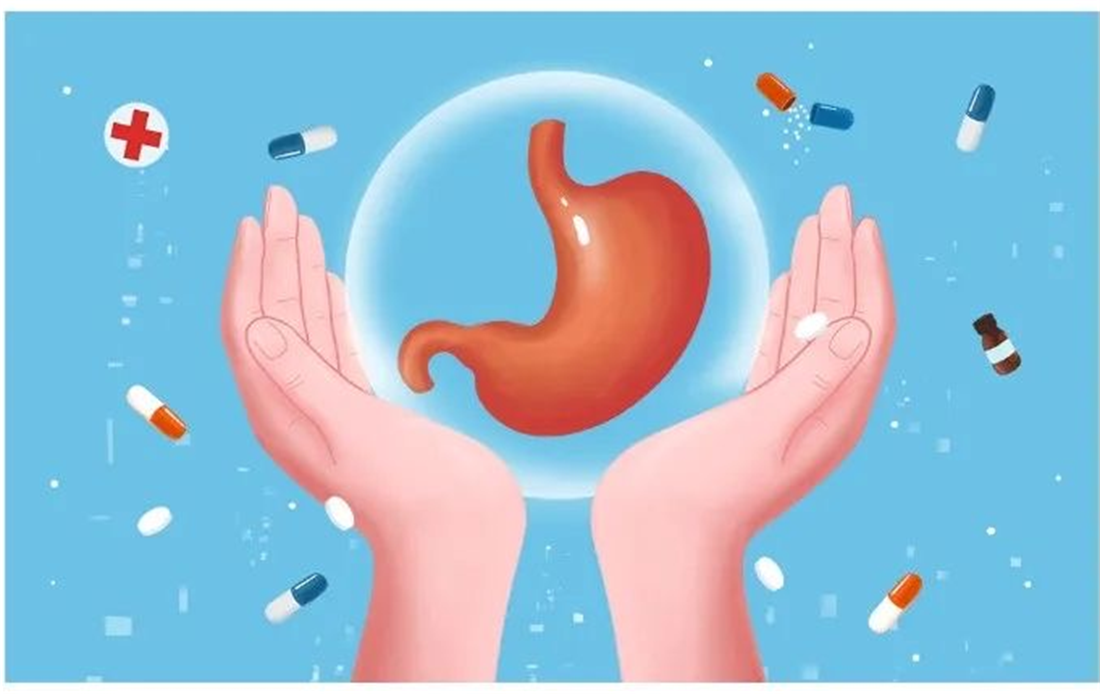Gastric cancer is one of the malignant tumors that seriously endanger human life. There are 1.09 million new cases in the world every year, and the number of new cases in my country is as high as 410,000. That is to say, about 1,300 people in my country are diagnosed with gastric cancer every day.
The survival rate of gastric cancer patients is closely related to the degree of progression of gastric cancer. The cure rate of early gastric cancer can reach 90%, or even completely cured. The cure rate of mid-stage gastric cancer is between 60% and 70%, while the cure rate of advanced gastric cancer is only 30%. around, so early gastric cancer was found. And early treatment is the key to reducing gastric cancer mortality. Fortunately, with the improvement of endoscopic technology in recent years, early gastric cancer screening has been widely carried out in my country, which has greatly improved the detection rate of early gastric cancer;
So, what is early gastric cancer? How to detect early gastric cancer? How to treat it?
1 The concept of early gastric cancer
Clinically, early gastric cancer mainly refers to gastric cancer with relatively early lesions, relatively limited lesions and no obvious symptoms. Early gastric cancer is mainly diagnosed by gastroscopic biopsy pathology. Pathologically, early gastric cancer refers to cancer cells limited to the mucosa and submucosa, and no matter how large the tumor is and whether there is lymph node metastasis, it belongs to early gastric cancer. In recent years, severe dysplasia and high-grade intraepithelial neoplasia are also classified as early gastric cancer.
According to the size of the tumor, early gastric cancer is divided into: small gastric cancer: the diameter of the cancer foci is 6-10 mm. Small gastric cancer: The diameter of the tumor foci is less than or equal to 5 mm. Punctate carcinoma: The gastric mucosa biopsy is cancer, but no cancer tissue can be found in the series of surgical resection specimens.
Endoscopically, early gastric cancer is further divided into: type (polypoid type): those with a protruding tumor mass of about 5 mm or more. Type II (superficial type): The tumor mass is uplifted or depressed within 5 mm. Type III (ulcer type): The depth of the depression of the cancer mass exceeds 5 mm, but does not exceed the submucosa.
2 What are the symptoms of early gastric cancer
Most early gastric cancers do not have any special symptoms, that is to say, the early symptoms of gastric cancer are no symptoms. network
Those so-called early signs of gastric cancer circulating on the Internet are actually not early signs. Whether it is a doctor or the noble person, it is difficult to judge from the symptoms and signs. Some people may have some non-specific symptoms, mainly indigestion, such as abdominal pain, bloating, early satiety, loss of appetite, acid regurgitation, heartburn, belching, hiccups, etc. These symptoms are very similar to ordinary stomach problems, so they often do not attract people’s attention. Therefore, for people over 40 years old, if they have obvious symptoms of indigestion, they should go to the hospital for medical treatment in time, and do gastroscopy if necessary, so as not to miss the best time to detect early gastric cancer.
3 How to detect early gastric cancer
In recent years, medical experts in our country, combined with the actual situation of our country, have formulated the “Experts of the Early Gastric Cancer Screening Process in China”.
It will play a great role in improving the diagnosis rate and cure rate of early gastric cancer.
Early gastric cancer screening is mainly aimed at some high-risk patients, such as patients with Helicobacter pylori infection, patients with a family history of gastric cancer, patients over 35 years old, long-term smokers, and fond of pickled foods.
The primary screening method is mainly to determine the high-risk population of gastric cancer through serological examination, that is, through gastric function and Helicobacter pylori antibody detection. Then, the high-risk groups found in the initial screening process are carefully examined by gastroscope, and the observation of lesions can be made more nuanced by means of magnification, staining, biopsy, etc., so as to determine whether the lesions are cancerous and whether they can be treated under the microscope.
Of course, it is also a better way to detect early gastric cancer by incorporating gastrointestinal endoscopy into the routine physical examination items in healthy people through physical examination.
4 What is gastric function test and gastric cancer screening scoring system
The gastric function test is to detect the ratio of pepsinogen 1 (PGI), pepsinogen (PGl1, and protease) in serum.
(PGR, PGI/PGII) gastrin 17 (G-17) content, and the gastric cancer screening scoring system is based on the results of gastric function testing, combined with comprehensive scores such as Helicobacter pylori antibody, age and gender, to judge The method of gastric cancer risk, through the gastric cancer screening scoring system, can screen out the middle and high risk groups of gastric cancer.
Endoscopy and follow-up will be carried out for the middle and high-risk groups. The high-risk groups will be checked at least once a year, and the middle-risk groups will be checked at least once every 2 years. The real discovery is early cancer, which can be treated by endoscopic surgery. This can not only improve the early detection rate of gastric cancer, but also reduce unnecessary endoscopy in low-risk groups.
5 What is Gastroscopy
To put it simply, gastroscopy is to perform endoscopic morphological analysis of suspicious lesions found at the same time as routine gastroscopy, including ordinary white light endoscopy, chromoendoscopy, magnifying endoscopy, confocal endoscopy and other methods. The lesion is determined to be benign or suspicious for malignancy, and then biopsy of the suspected malignant lesion is performed, and the final diagnosis is made by pathology. To determine whether there are cancerous lesions, the extent of lateral infiltration of cancer, the depth of vertical infiltration, the degree of differentiation, and whether there are indications for microscopic treatment.
Compared with ordinary gastroscopy, gastroscopic examination needs to be performed under painless conditions, allowing patients to completely relax themselves in a short sleep state and perform gastroscopy safely. Gastroscopy has high requirements on personnel. It must be trained in early cancer detection, and experienced endoscopists can conduct more detailed examinations, so as to better detect lesions and make reasonable inspections and judgments.
Gastroscopy has high requirements on equipment, especially with image enhancement technologies such as chromoendoscopy/electronic chromoendoscopy or magnifying endoscopy. Ultrasound gastroscopy is also required if necessary.
6 Treatments for early gastric cancer
1. Endoscopic resection
Once early gastric cancer is diagnosed, endoscopic resection is the first choice. Compared with traditional surgery, endoscopic resection has the advantages of less trauma, fewer complications, faster recovery, and lower cost, and the efficacy of the two is basically the same. Therefore, endoscopic resection is recommended at home and abroad as the preferred treatment for early gastric cancer.
Currently, the commonly used endoscopic resections mainly include endoscopic mucosal resection (EMR) and endoscopic submucosal dissection (ESD). A new technology developed, ESD single-channel endoscopy, can achieve a one-time en bloc resection of lesions deep into the muscularis propria, while also providing accurate pathological staging to minimize late recurrence.
It should be noted that endoscopic resection is a minimally invasive surgery, but there is still a high incidence of complications, mainly including bleeding, perforation, Stenosis, abdominal pain, infection, etc. Therefore, the patient’s postoperative care, recuperation, and review must actively cooperate with the doctor in order to recover as soon as possible.
2 Laparoscopic surgery
Laparoscopic surgery can be considered for patients with early gastric cancer who cannot undergo endoscopic resection. Laparoscopic surgery is to open tiny channels in the patient’s abdomen. Laparoscopes and operating instruments are placed through these channels with little harm to the patient, and the image data in the abdominal cavity is transmitted to the display screen through the laparoscope, which is completed under the guidance of the laparoscope. gastric cancer surgery. Laparoscopic surgery can complete the operation of traditional laparotomy, perform major or total gastrectomy, dissection of suspicious lymph nodes, etc., and has less bleeding, less damage, less postoperative incision scar, less pain, and faster recovery of gastrointestinal function after surgery.
3. Open surgery
Since 5% to 6% of intramucosal gastric cancer and 15% to 20% of submucosal gastric cancer have perigastric lymph node metastasis, especially undifferentiated adenocarcinoma in young women, traditional laparotomy can be considered, which can be radically removed and Lymph node dissection.
summary
Although gastric cancer is very harmful, it is not terrible. As long as the awareness of prevention is improved, gastric cancer can be detected in time and treated early, and it is possible to achieve a complete cure. Therefore, it is recommended that high-risk groups after the age of 40, regardless of whether they have digestive tract discomfort, should undergo early screening for gastric cancer, or gastrointestinal endoscopy must be added to the normal physical examination to detect a case of early cancer and save a life and a happy family.
We, Jiangxi Zhuoruihua Medical Instrument Co.,Ltd., is a manufacturer in China specializing in the endoscopic consumables, such as biopsy forceps, hemoclip, polyp snare, sclerotherapy needle, spray catheter, cytology brushes, guidewire, stone retrieval basket, nasal biliary drainage catheter etc. which are widely used in EMR, ESD, ERCP. Our products are CE certified, and our plants are ISO certified. Our goods have been exported to Europe, North America, Middle East and part of Asia, and widely obtains the customer of the recognition and praise!
Post time: Jun-21-2022



